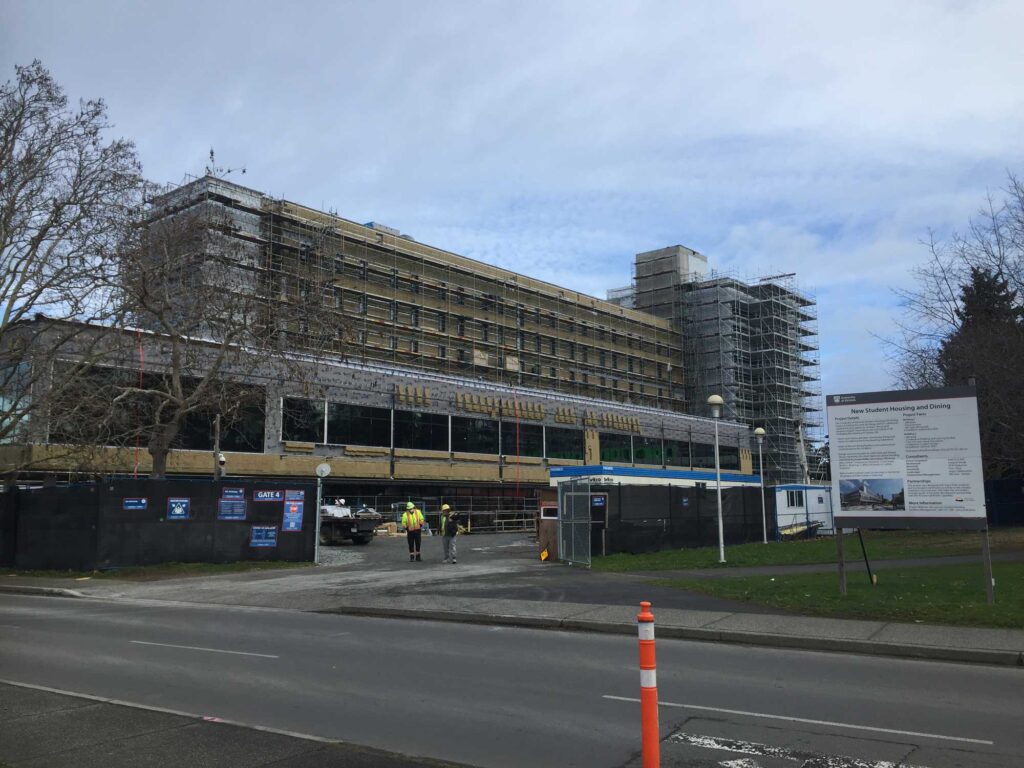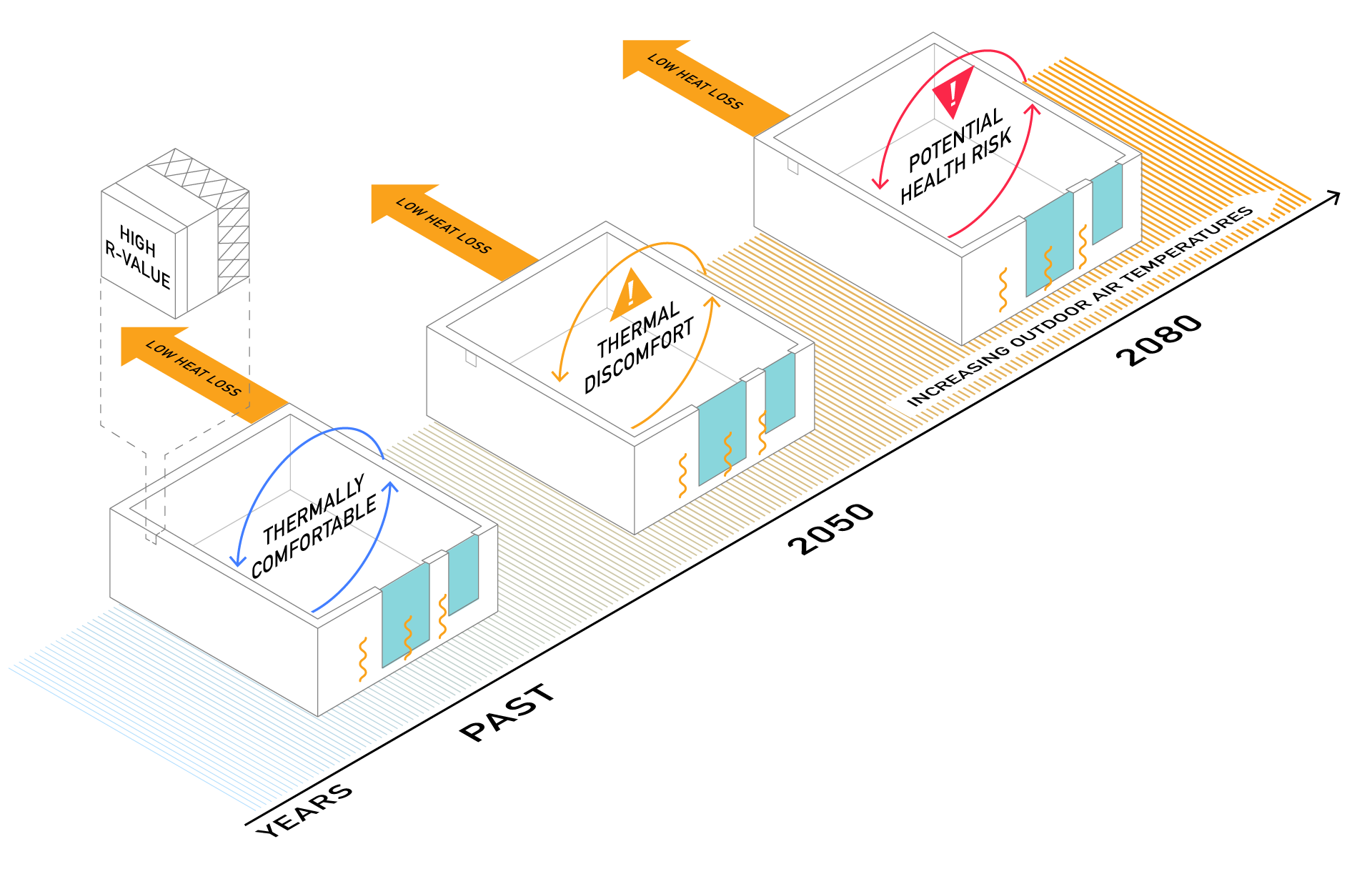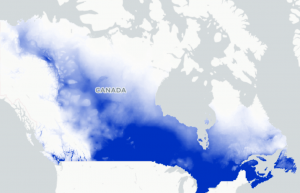Using historical Abbotsford data as an analogue for a future Victoria made sense initially because of the significantly warmer mean summer temperature in the mainland city, compared to its coastal counterpart, over the historical period.
The engineering consultants were already at work using the Abbotsford data when David and his colleagues reached out to the Pacific Climate Impacts Consortium (PCIC) at UVic. PCIC was contacted because of their experience analyzing climate data across BC and in the Victoria region specifically. PCIC adapted the hourly climate information that is currently used in assessing thermal comfort in buildings to produce new versions of the datasets that account for future climate change. These “future-shifted weather files” are meant to represent typical conditions for the 2050s and 2080s under the high emissions scenario (RCP 8.5). The high emissions scenario provides the most appropriate range of outputs for design, as the amount of climate change that would occur in the high emissions scenario by about mid-century is similar to what would occur under a mid-range scenario (RCP 4.5) later in the century. When the designers accessed this information, they realized that by 2050 the summers were actually projected to be considerably warmer in Victoria in the future than they are in Abbotsford in the present. This meant that the design as configured (in particular the mechanical equipment) for the historically hottest summers in Abbotsford might not be sufficient to ensure thermal comfort in Victoria in the future.
“It wasn’t quite an ‘Oh crap’ moment, because it was still sufficiently early on in the process, but this did require us to review and resize some of the heating and ventilation design; move a window from over here to over there, and so on,” David says.
The energy constraints imposed by the Passive House design are significant, so these findings have implications beyond thermal comfort alone. Given that the two towers will be among the largest Passive House certified buildings in North America, UVic worked closely with the Darmstadt-based Passivhaus Institute, a leading research institution which also provides certification and expert consultancy services in the design of a wide range of Passive House building types. Given the scale of the project, the exercise was novel even for them. For example, restaurants are very energy intensive and normally do not fit within the Passive House model. But the cafeteria UVic had envisioned would be substantial, servicing the entire campus. Consultations even took place between UVic and the Institute over the food menu in order to reduce energy consumption in the kitchen, meaning fewer hot food items like pizza and hamburgers and more cold ones such as sandwiches and sushi.
Looking at the long-term climate projections from PCIC, Adams and his team also realized that by 2080 their design would no longer be able to meet the space cooling requirements to keep inhabitants within a healthy standard of thermal comfort (Figure 1). This prompted a debate as to whether to completely overhaul the design (which would require substantial cost increases for an alternative cooling system), or to defer action on the issue, since potential changes to building requirements six decades into the future are largely unknown. The overhaul would be much more expensive and require an entirely different type of mechanical equipment. The team concluded that adding the alternative cooling system would require major sacrifices to the core functionality of the building in order to fit it within the project budget, and was therefore not financially feasible at present.
In the end, the team chose to stick with the solution that had improved upon the original design in order to meet the more severe summer conditions projected for Victoria in the 2050s. But the realization that significant changes to a building design would be required simply depending on whether the assumed future time horizon of the building should be 30 years versus 60 years gave them pause. It brought home the difficulty, but also the necessity, of making local adaptation decisions today based on the best available, future-looking climate information that science can provide.





